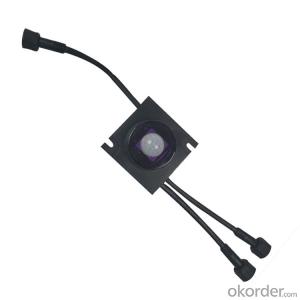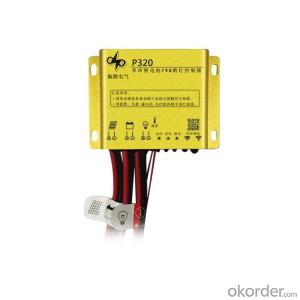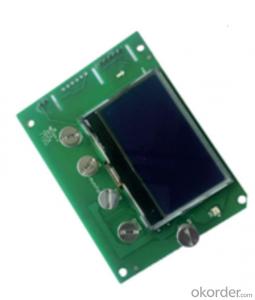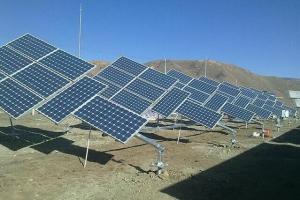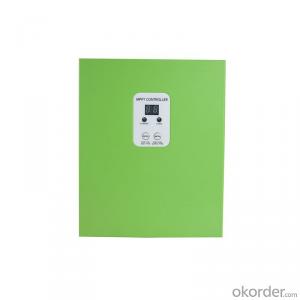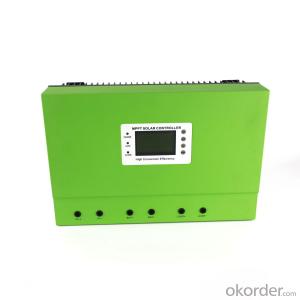Solar Inverter Rv
Solar Inverter Rv Related Searches
Best Inverter Solar Panel Solar Panel On Roof Rack Inverter To Solar Panel Ratio Solar Panel Decking Lights Solar Panel Inverter Box 1000 Watt Solar Panel Inverter 12 Volt Solar Panel Inverter Plastic Solar Lanterns Buy Solar Panel Inverter Solar Panel Inverter CostHot Searches
Type Of Inverter For Solar Types Of Inverter For Solar Used Solar Inverter For Sale Inverter Size For Solar System Solar Edge Inverter For Sale 5kw Solar Inverter For Sale Solar Inverter For Sale Solar Inverter For Battery Solar Inverter For Split Ac Solar Inverter For Laptop Solar Inverter For Fridge Solar With Inverter Price Solar Inverter With 2 Battery Solar Inverter Price In China Best Solar Inverter In China Solar Inverter Price In Dubai Solar Inverter Price In Uae Solar Inverter Price In Kenya Solar Inverter Price In Kerala Solar Hot Water Collectors For SaleSolar Inverter Rv Supplier & Manufacturer from China
Okorder.com is a professional Solar Inverter Rv supplier & manufacturer, offers integrated one-stop services including real-time quoting and online cargo tracking. We are funded by CNBM Group, a Fortune 500 enterprise and the largest Solar Inverter Rv firm in China.Hot Products
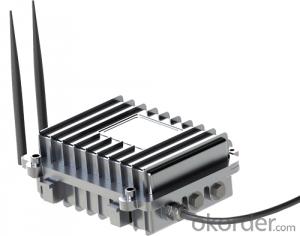
Internet of Things Wireless Centralize Controller Remote Monitor System MPPT Solar Charge Controller
FAQ
- Yes, a solar controller can be used with solar panel tilt and azimuth adjustment systems. A solar controller is typically used to regulate the charging of batteries connected to solar panels. It monitors the voltage and current coming from the solar panels and ensures that the batteries are charged efficiently and safely. When it comes to solar panel tilt and azimuth adjustment systems, they are used to optimize the positioning of solar panels for maximum sunlight exposure. Tilt adjustment allows the panels to be angled towards the sun at different times of the year, while azimuth adjustment allows for orienting the panels towards the sun's position throughout the day. In the context of using a solar controller with these adjustment systems, the controller would still perform its primary function of regulating the charging process. However, it would need to be integrated with the tilt and azimuth adjustment systems to ensure proper functioning. The solar controller would need to receive input from sensors or devices that determine the optimal tilt and azimuth angles for the solar panels based on factors like time of year and the sun's position. This information would then be used by the controller to adjust the charging parameters accordingly. By integrating a solar controller with tilt and azimuth adjustment systems, it becomes possible to not only optimize the charging process but also maximize the overall energy generation of the solar panels. This can result in increased efficiency and improved performance of the solar power system.
- The number of solar panels that can be connected to a single solar controller depends on the specifications and capacity of the controller. It is recommended to consult the manufacturer's guidelines or specifications to determine the maximum number of panels that can be connected.
- Yes, a solar controller can be used for battery charging in remote locations. Solar controllers regulate the voltage and current from solar panels to ensure efficient charging of batteries. They are designed to work in off-grid and remote locations by managing the flow of power from solar panels to batteries, preventing overcharging and protecting the batteries from damage.
- To integrate a solar controller with a smart home automation system, you need to ensure compatibility between the solar controller and the automation system. First, check if the solar controller has any built-in smart home integration capabilities or if it supports protocols like Zigbee or Z-Wave. If it does, you can directly connect it to your smart home hub or gateway. If the solar controller doesn't have native integration, you can use a smart plug or a smart switch to control its power supply. This way, you can remotely turn the solar controller on or off using your home automation system. Additionally, you may consider using a smart home hub that supports infrared (IR) control if your solar controller uses IR-based remote control. Lastly, ensure that your smart home automation system has compatible software or apps to monitor and control the solar controller. This will enable you to monitor the solar power generation, adjust settings, and potentially automate certain actions based on energy production levels. Overall, the integration process depends on the specific models and compatibility features of your solar controller and smart home automation system.
- A solar controller handles battery absorption charging by regulating the charging process to ensure that the battery is charged to its maximum capacity without overcharging. It monitors the battery voltage and adjusts the charging voltage accordingly to maintain a steady and safe charging rate. Once the battery reaches its absorption voltage set point, the solar controller reduces the charging voltage to a lower level to avoid overcharging the battery, prolonging its lifespan and ensuring optimal performance.
- The role of a display screen in a solar controller is to provide real-time information and control options to the user. It allows them to monitor and adjust settings such as battery voltage, charging status, load usage, and other parameters related to the solar power system. The display screen also helps in troubleshooting and diagnosing any issues that may arise, ensuring efficient and effective utilization of solar energy.
- Absolutely, a 12V battery bank can certainly be utilized alongside a solar controller. In reality, the majority of solar controllers are specifically engineered to function harmoniously with 12V battery systems. By managing the transfer of energy from the solar panels to the battery bank, the solar controller guarantees efficient charging and safeguards against overcharging or harm to the batteries. Therefore, whether you possess a petite 12V battery bank for a recreational vehicle or a more substantial 12V battery bank for a solar-powered residence or off-grid setup, a solar controller is an indispensable element in overseeing the charging procedure and optimizing the lifespan of your batteries.




































